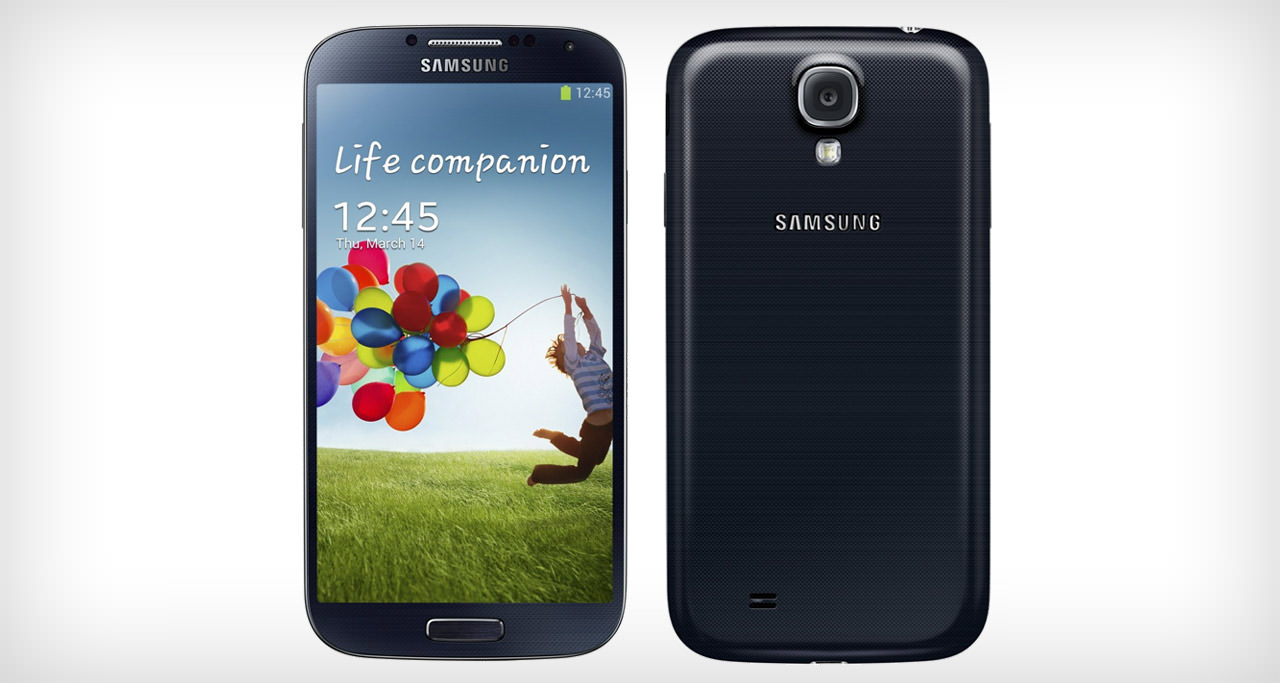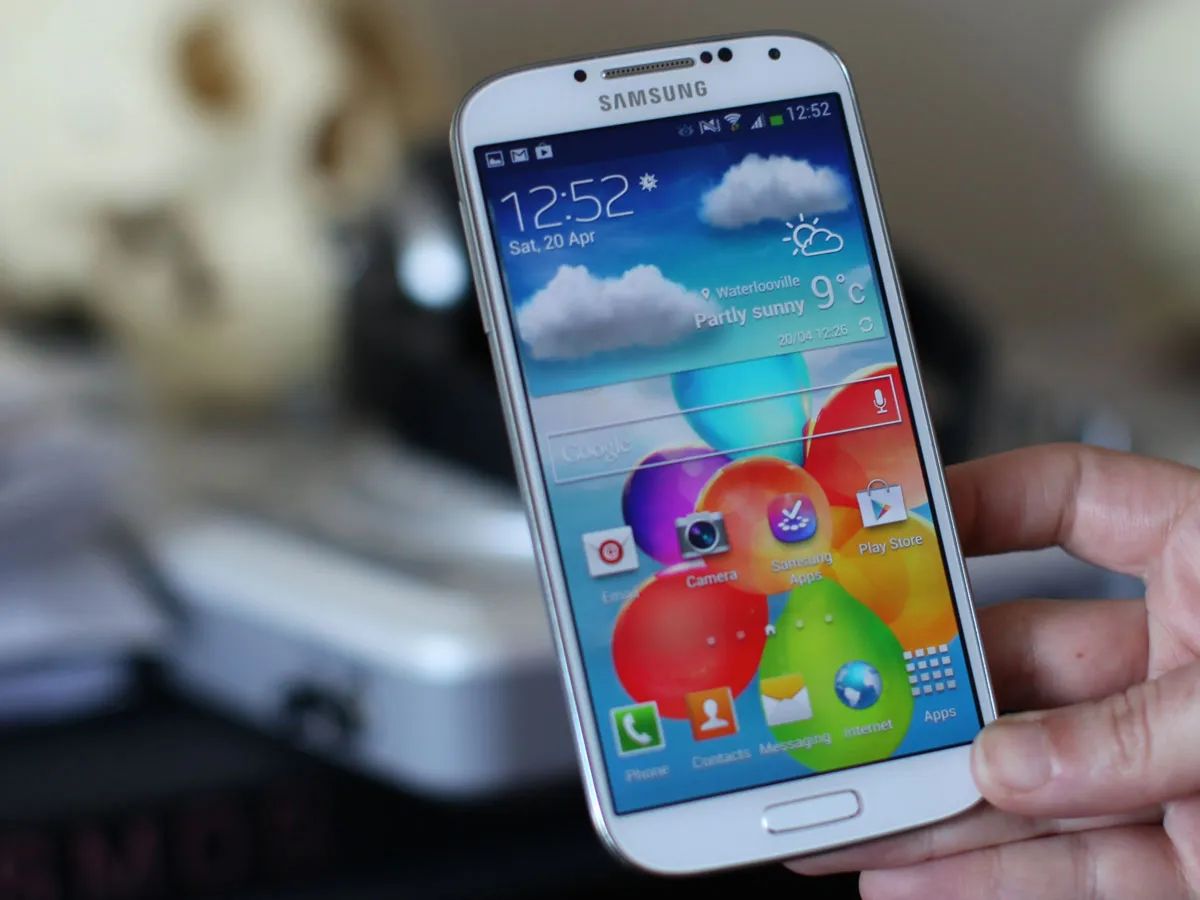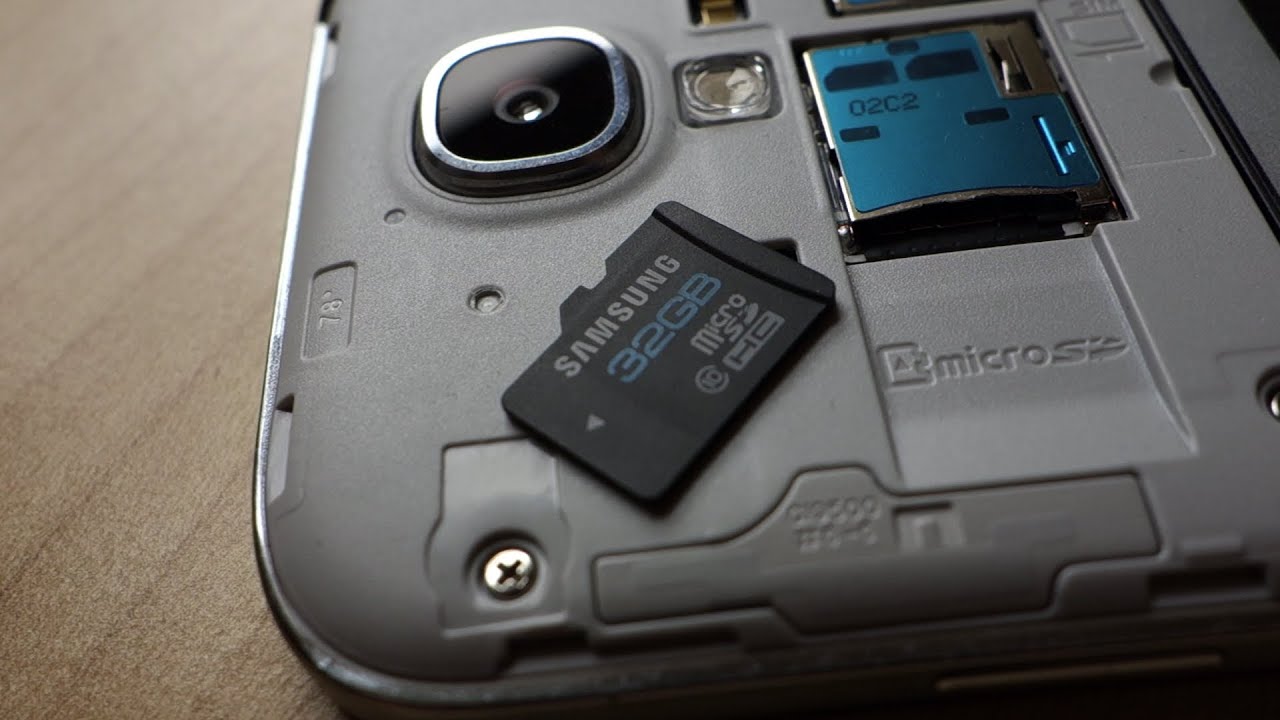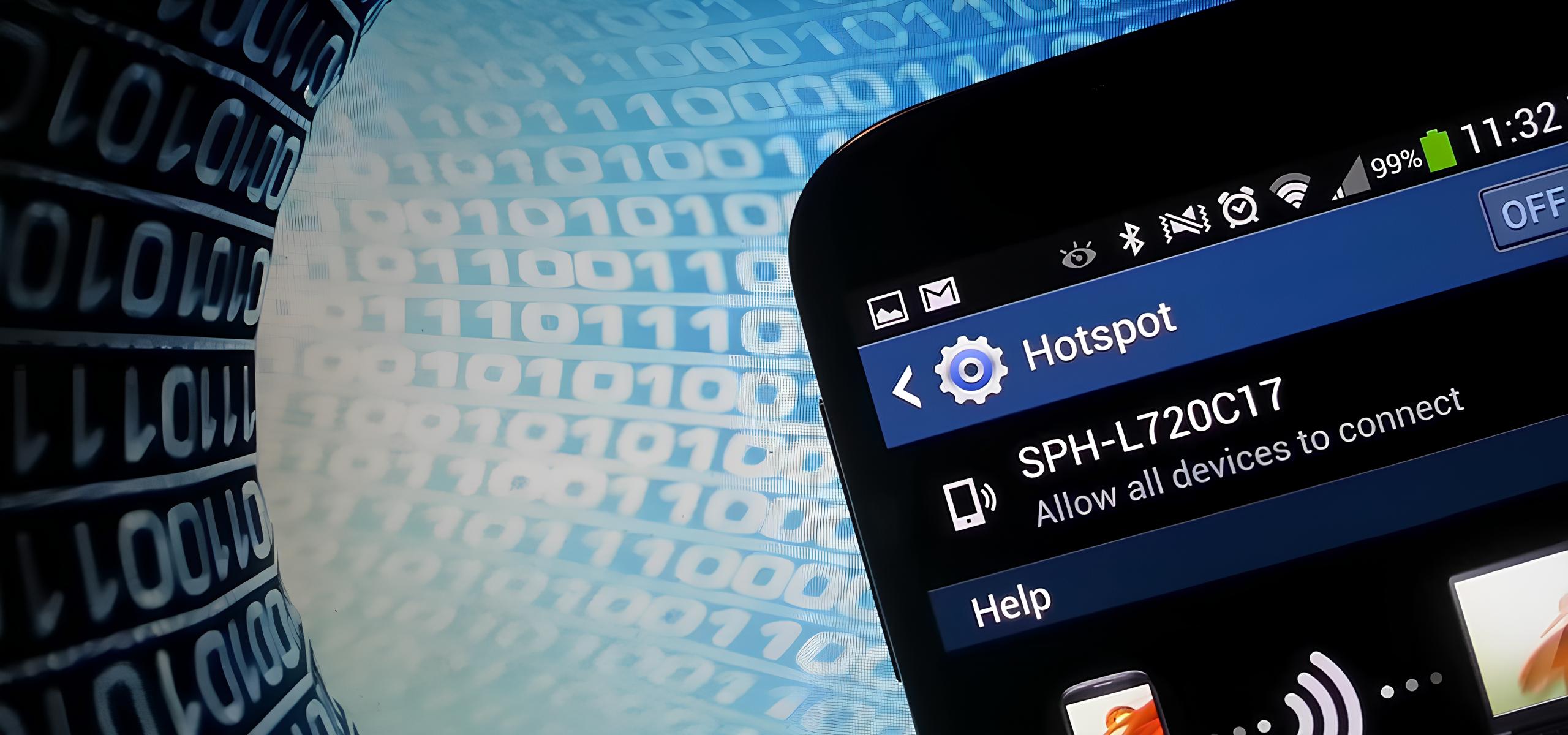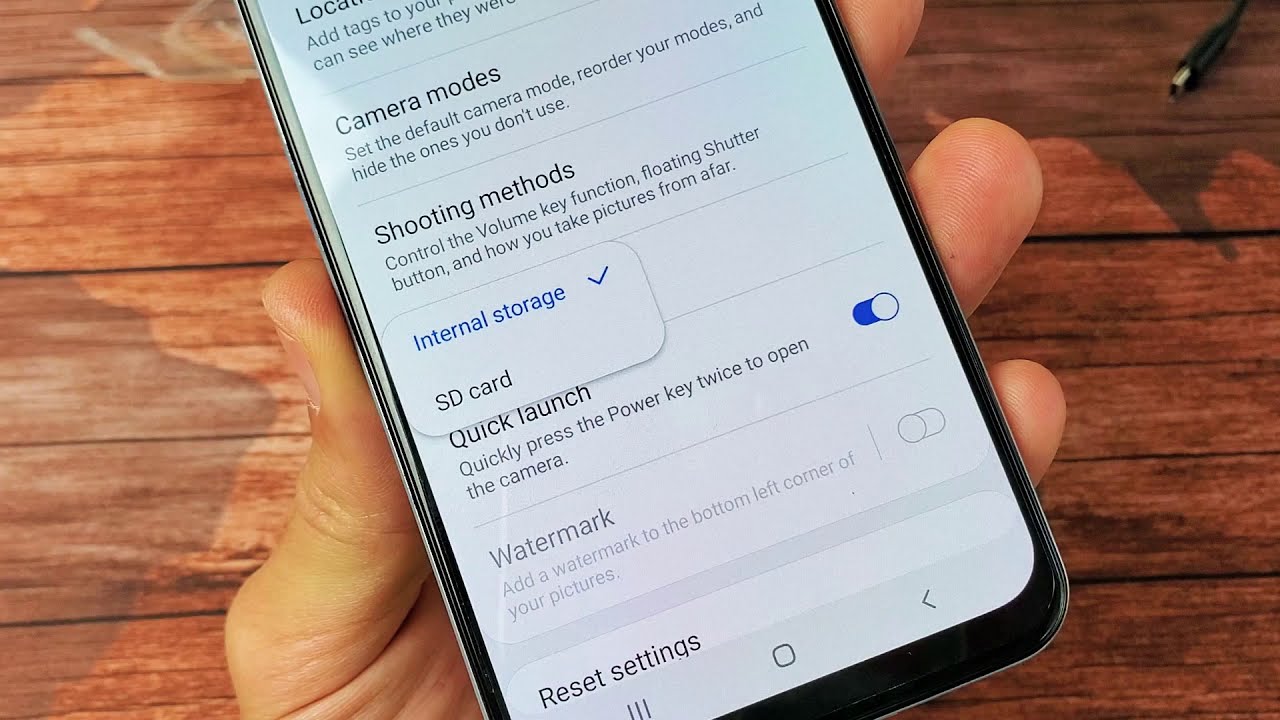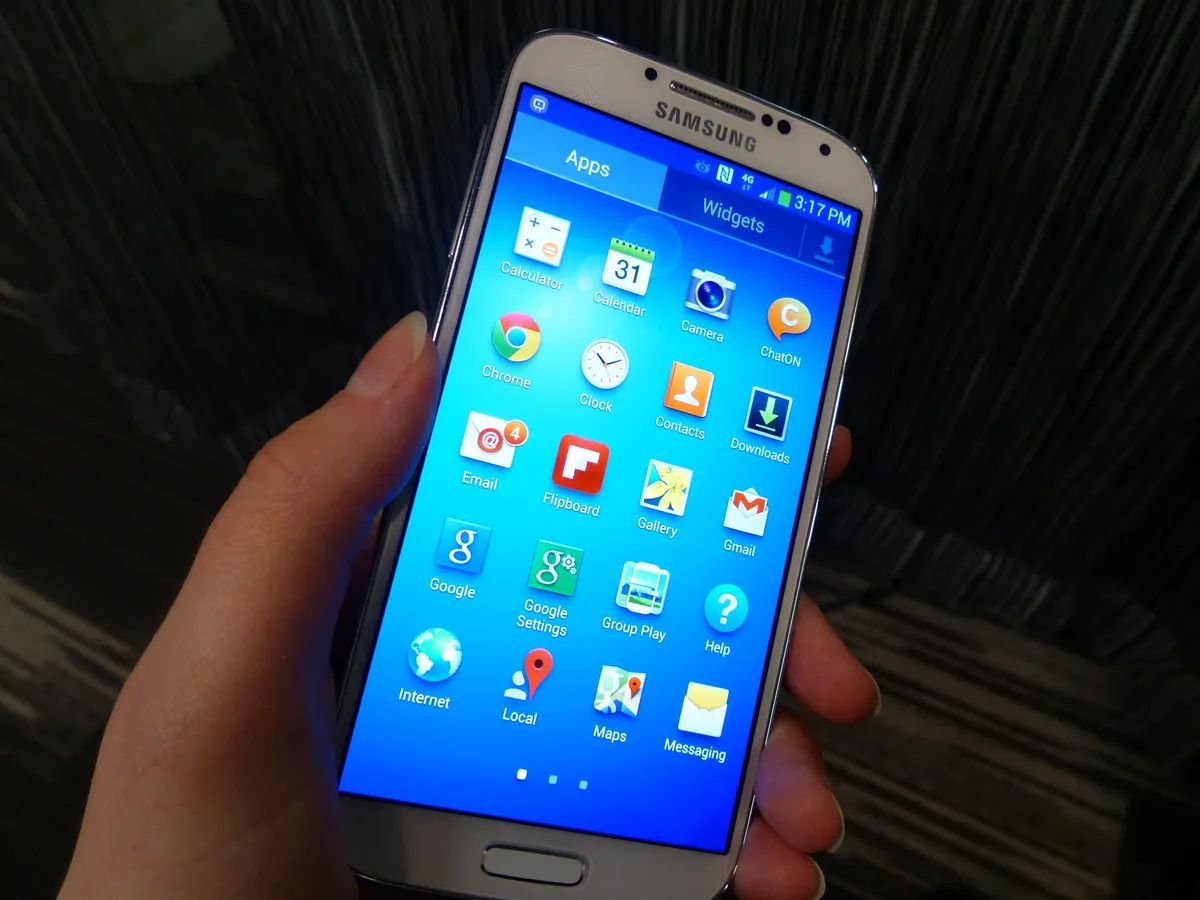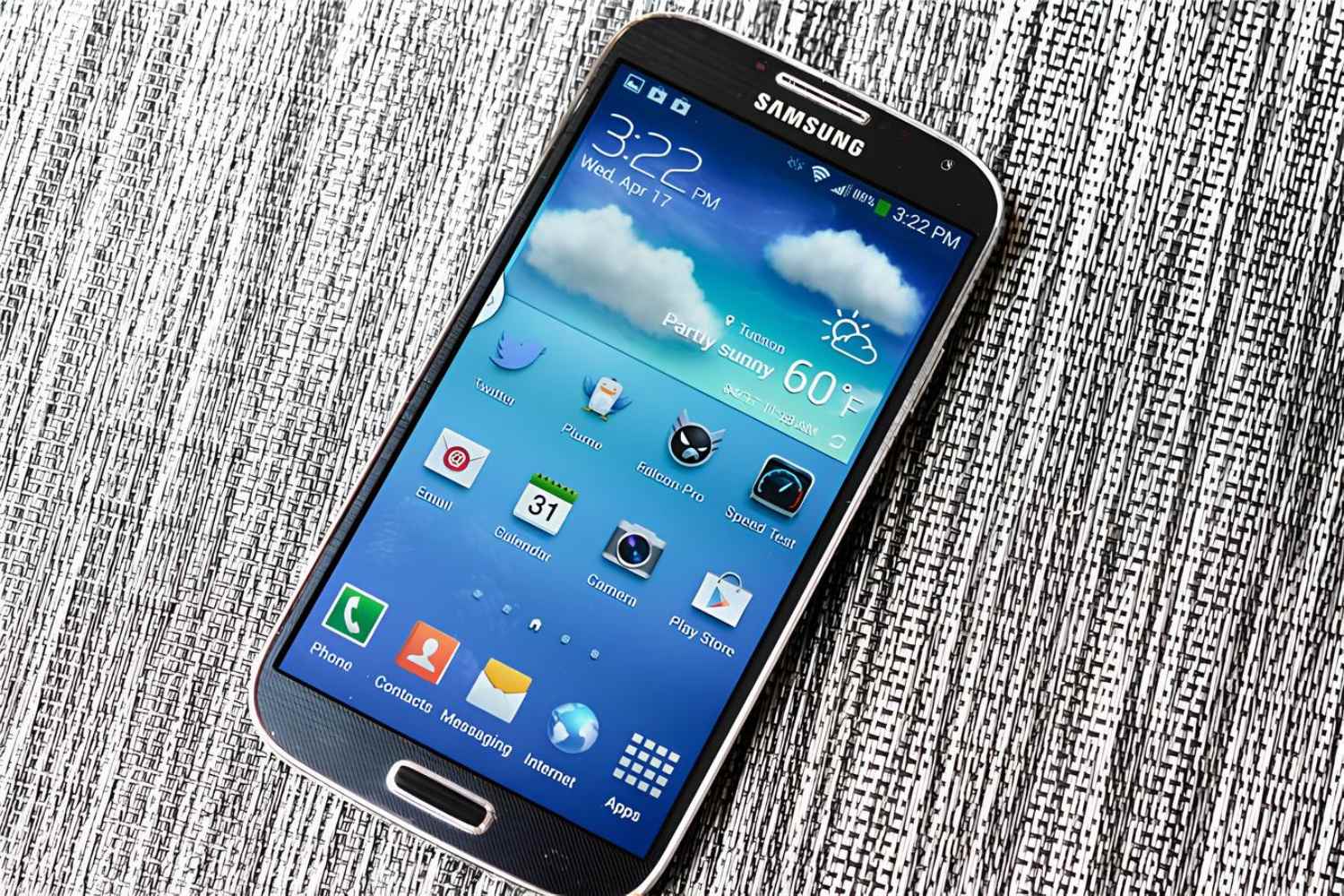Introduction
The Samsung Galaxy S4 is a powerful and feature-packed smartphone that has gained a loyal following since its release. However, over time, you may notice your device slowing down as it accumulates data and processes. Don’t worry, there are simple steps you can take to speed up your Samsung Galaxy S4 and optimize its performance.
When your phone is running smoothly, you can enjoy its impressive features, navigate through apps seamlessly, and multitask without any lag. Whether you’re experiencing a slight decrease in speed or significant sluggishness, implementing the following tips will help boost the performance of your Galaxy S4.
By following these tips, you can optimize your device’s performance and enjoy a faster and smoother user experience. From clearing the cache to managing storage and disabling animations, each step will contribute to the overall speed and efficiency of your Samsung Galaxy S4. Let’s dive into the details and explore the methods to speed up your device.
Clear Cache
The cache is a temporary storage area on your Samsung Galaxy S4 that stores data from apps, websites, and system processes. Over time, this cache can accumulate and start to slow down your device. Clearing the cache regularly can help improve the speed and performance of your Galaxy S4.
To clear the cache on your Samsung Galaxy S4, follow these steps:
- Go to the “Settings” menu on your device.
- Scroll down and tap on “Storage”.
- Select “Cached data”.
- A prompt will appear asking if you want to clear the cached data. Tap on “OK” to confirm.
Once you have cleared the cache, you may notice an immediate improvement in the speed of your device. This is because clearing the cache removes unnecessary and outdated data, freeing up storage space and allowing your Galaxy S4 to run faster.
It is recommended to clear the cache on a regular basis, especially if you use a lot of apps or browse the internet frequently. However, it’s essential to note that clearing the cache will not delete any personal data or settings from your device.
By regularly performing this simple task, you can keep your Samsung Galaxy S4 running smoothly and efficiently.
Disable Animations
Animations can add visual appeal to your Samsung Galaxy S4, but they can also contribute to slower device performance. Disabling or reducing animations can help speed up your device and improve its responsiveness.
To disable or reduce animations on your Samsung Galaxy S4, follow these steps:
- Go to the “Settings” menu on your device.
- Scroll down and tap on “Developer options”.
- If “Developer options” are not enabled, go to “About phone” and tap on the “Build number” repeatedly until you see a notification that you are now a developer.
- Once in “Developer options”, scroll down and look for “Windows animation scale”, “Transition animation scale”, and “Animator duration scale”.
- Tap on each option and select “Animation off” or set it to a lower value (e.g., 0.5x) to reduce the animation duration.
By disabling or reducing animations, you will experience faster app launches, smoother transitions, and overall improved navigation on your Samsung Galaxy S4.
Keep in mind that reducing animations may make your device feel less visually appealing. If you value smooth animations, you can choose to reduce the animation duration instead of disabling them completely.
Experiment with different animation settings to find the balance between speed and visual aesthetics that suits your preference.
Disabling or reducing animations is a straightforward way to optimize the performance of your Samsung Galaxy S4 without compromising on functionality.
Uninstall Unnecessary Apps
As you use your Samsung Galaxy S4, you may accumulate a plethora of apps that you no longer use or need. These unused apps can take up valuable storage space and potentially slow down your device. Uninstalling unnecessary apps can help free up storage and improve the performance of your Galaxy S4.
To uninstall apps on your Samsung Galaxy S4, follow these steps:
- Go to the “Settings” menu on your device.
- Scroll down and tap on “Apps”.
- From the list of installed apps, select the app you want to uninstall.
- Tap on “Uninstall” or “Disable” (if the uninstall option is not available).
- Confirm the uninstallation by tapping on “OK”.
By removing unnecessary apps, you can free up storage space, reduce the number of background processes, and improve the overall performance of your Samsung Galaxy S4.
Take a moment to review your installed apps and identify the ones you rarely use or no longer need. Games, social media apps, and other resource-intensive apps are good candidates for removal if you don’t frequently use them.
Remember, uninstalling apps will permanently remove them from your device. If you ever need them again, you can always reinstall them from the Google Play Store.
Regularly evaluating and uninstalling unnecessary apps will not only help speed up your Samsung Galaxy S4 but also ensure you have sufficient storage for new apps and files.
Use a Custom Launcher
The launcher is the user interface that controls how your Samsung Galaxy S4’s home screen and app drawer look and function. Using a custom launcher can not only freshen up the appearance of your device but also enhance its performance and responsiveness.
A custom launcher offers additional features, customization options, and improved speed compared to the default launcher on your Samsung Galaxy S4. By installing a custom launcher, you can tailor the interface to your liking and optimize it for smooth and efficient operation.
Here are the steps to install and use a custom launcher on your Samsung Galaxy S4:
- Install a custom launcher like Nova Launcher, Action Launcher, or Apex Launcher from the Google Play Store.
- Open the newly installed launcher and follow the setup instructions.
- Customize the home screen, app drawer, icons, and other elements according to your preference.
- Set the custom launcher as the default launcher when prompted.
Once you have set up the custom launcher, you will notice improved speed and responsiveness on your Samsung Galaxy S4. These launchers are designed to be lightweight and optimized for performance, giving you a seamless user experience.
Custom launchers also offer additional features such as gesture controls, advanced theming options, and the ability to hide or organize apps more efficiently. Explore the settings and customization options of your chosen launcher to make the most of its features.
Using a custom launcher allows you to personalize your Samsung Galaxy S4 while benefitting from enhanced performance and customization options that can’t be found in the default launcher. Give it a try and unlock a whole new level of functionality and speed on your device.
Update to the Latest Software Version
Keeping your Samsung Galaxy S4’s software up to date is vital for optimal device performance. Software updates often include bug fixes, performance improvements, and security enhancements that can help speed up your device and provide a better overall user experience.
To check for and install the latest software updates on your Samsung Galaxy S4, follow these steps:
- Go to the “Settings” menu on your device.
- Scroll down and tap on “About device” or “Software update”.
- Select “Software update” or “Download updates manually”.
- If an update is available, follow the prompts to download and install it.
It is recommended to connect to a stable Wi-Fi network and ensure your device has sufficient battery life before initiating a software update.
Software updates not only bring performance improvements but also often include new features and functionalities that can enhance your Samsung Galaxy S4’s performance and usability.
By staying up to date with the latest software version, you can ensure that your device is running on the most efficient and secure operating system. This can help resolve any performance issues or bugs that may have been present in earlier versions.
Make it a habit to regularly check for software updates and install them as soon as they are available. This will not only keep your Samsung Galaxy S4 running smoothly but also safeguard it against potential security vulnerabilities.
Remember to back up your important data before performing any software updates to avoid any potential data loss during the update process.
Updating your Samsung Galaxy S4’s software to the latest version is a simple yet effective way to improve device performance, benefit from new features, and ensure a smooth and satisfying user experience.
Limit Background Processes
Background processes refer to the underlying tasks and apps running on your Samsung Galaxy S4 even when you’re not actively using them. While some background processes are necessary for the smooth functioning of your device, having too many running simultaneously can slow down its performance. By limiting the number of background processes, you can optimize your Galaxy S4’s speed and responsiveness.
To limit background processes on your Samsung Galaxy S4, follow these steps:
- Go to the “Settings” menu on your device.
- Scroll down and tap on “Developer options”.
- If “Developer options” are not enabled, go to “About phone” and tap on the “Build number” repeatedly until you see a notification that you are now a developer.
- Once in “Developer options,” scroll down and look for “Limit background processes.”
- Select the desired number of background processes you want to allow (e.g., 3 processes).
Setting a limit on the number of background processes allows your Samsung Galaxy S4 to allocate its resources more efficiently, preventing performance bottlenecks. By reducing the number of processes running in the background, your device will have more available memory and processing power for the foreground tasks, resulting in a snappier user experience.
It’s worth noting that limiting the background processes too much may negatively impact the functioning of certain apps or background services that require uninterrupted operation. Therefore, it’s recommended to strike a balance between limiting processes and ensuring important apps and services can run smoothly.
By adjusting the background process limit, you have control over how your Samsung Galaxy S4 allocates its resources, allowing you to prioritize its performance according to your needs.
Regularly monitoring and adjusting the background processes setting can help keep your device running smoothly, providing a more responsive and efficient user experience.
Manage Storage
Managing storage is crucial for optimizing the performance of your Samsung Galaxy S4. A cluttered and near-full storage can slow down your device and affect its overall responsiveness. By effectively managing your storage, you can ensure that your Galaxy S4 operates at its best.
Here are some tips for managing storage on your Samsung Galaxy S4:
- Regularly delete unnecessary files and folders: Review your files and folders and delete any that are no longer needed, such as old documents, photos, or videos. You can use the File Manager app or connect your device to a computer to access and remove unwanted files.
- Move apps and media to SD card: If your Samsung Galaxy S4 has an external SD card slot, consider moving apps and media files (such as photos, videos, and music) to the SD card. This can free up internal storage and improve device performance. Simply go to “Settings,” “Apps,” select an app, and choose “Move to SD card” if available.
- Use cloud storage: Consider using cloud storage services like Google Drive or Dropbox to store files and media. This allows you to access them from anywhere, freeing up valuable internal storage on your device.
- Clear app caches: Some apps, particularly social media and web browsers, store temporary files and data in their caches. Clearing these caches can free up storage space and potentially improve app performance. Go to “Settings,” “Apps,” select an app, and choose “Clear cache.”
- Manage downloads: Monitor your downloads folder and delete any files that are no longer needed. Some apps may automatically download files, so it’s essential to regularly clean this folder to prevent unnecessary storage consumption.
By effectively managing your storage, you can prevent your Samsung Galaxy S4 from becoming cluttered and sluggish. Regularly review and delete unused files, move apps and media to external storage, and utilize cloud storage services to keep your device running smoothly.
Remember to back up your important files and data before deleting or moving them to ensure their safety and accessibility. Additionally, consider using storage management apps available on the Google Play Store to automate the process and optimize storage utilization.
By adopting good storage management habits, you can maximize the available space on your Samsung Galaxy S4 and maintain optimal device performance.
Restart or Reset Your Device
If you’ve tried all the previous methods and still experiencing sluggishness on your Samsung Galaxy S4, restarting or resetting your device can often help resolve software glitches and improve performance. Restarting your device is a simple and safe way to refresh its system, while a factory reset can provide a more comprehensive solution.
Restarting your Samsung Galaxy S4:
To restart your device, press and hold the power button until the power menu appears. Then, select “Restart” or “Reboot” to initiate the restart process. This will close all apps and processes, clear temporary files, and give your device a fresh start. Restarting your Samsung Galaxy S4 can often resolve minor software issues and improve device performance. It is recommended to restart your device regularly to keep it running smoothly.
Performing a factory reset:
A factory reset is a more drastic step that wipes all data and settings from your Samsung Galaxy S4, returning it to its original state. This can be helpful if your device is experiencing significant performance issues or if you’re planning to sell or give it away.
Before proceeding with a factory reset, it is crucial to backup all your important data, as it will be permanently deleted during the process. Once you’ve backed up your data, follow these steps to perform a factory reset:
- Go to the “Settings” menu on your device.
- Scroll down and tap on “Backup and reset”.
- Select “Factory data reset” or “Reset phone”.
- Read the information and confirm your decision by tapping on “Reset phone” or “Erase everything”.
After the factory reset is complete, your Samsung Galaxy S4 will be restored to its default settings. You can then set it up as a new device, restore your backed-up data, and start fresh. However, keep in mind that a factory reset should only be considered as a last resort if all other troubleshooting methods have failed.
Restarting or performing a factory reset can help resolve software-related issues and improve the overall performance of your Samsung Galaxy S4. However, it is important to note that a factory reset will erase all data on your device, so it should be done with caution and after backing up your important files.
By restarting or resetting your device, you can give it a fresh start, clear any software glitches, and potentially enjoy a smoother and more responsive user experience on your Samsung Galaxy S4.









